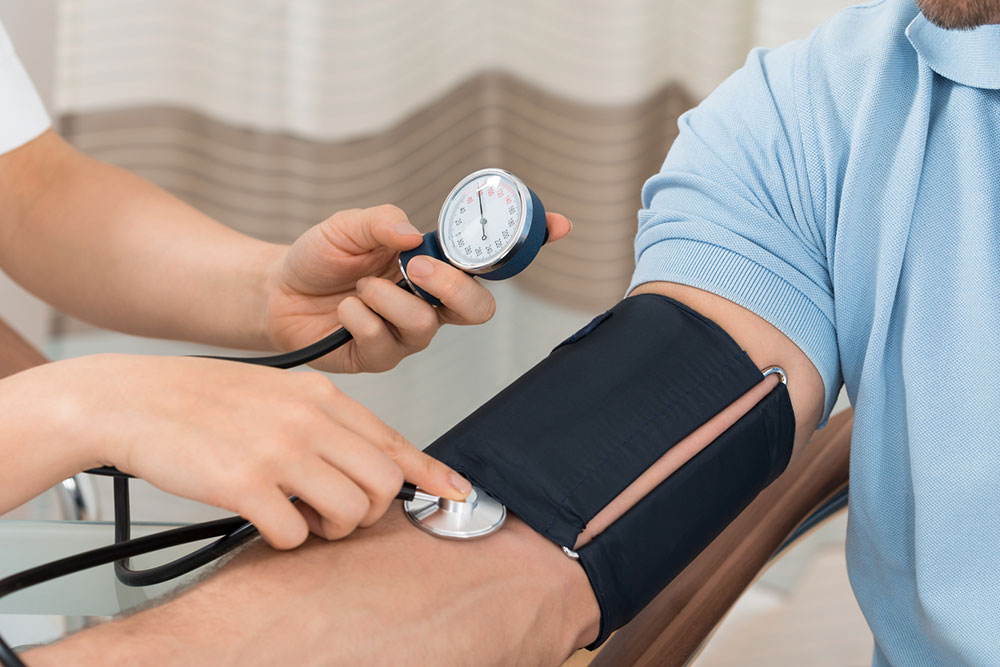
Diagnosis & Prevention
7 Natural Ways to Manage Lower Back Pain
Lower back can cause serious discomfort. You will have trouble performing your day to day activities. According to a report, almost 80% of the adults face lower back pain at some point in their life. There are several reasons as to why this happens. However, one must know the different ways to treat and get relief from this excruciating pain. There are several home remedies that you can try in order to manage your lower back pain. For low back pain relief, try these 7 best home remedies Apply ice on your lower back Applying ice on the area where you are experiencing the pain can certainly help you to improve the condition of your lower back. When you start having that pain, you should immediately apply ice on it because it will help you to get rid of that inflammation and get yourself relief. However, the best time to apply ice is the first 24 to hours from when you start getting that pain. After that, you can switch to applying heat since after a couple of days, applying ice will not give you the desired result. Whether you apply ice or heat, you need to do give your body rest for 20 minutes because otherwise, you may have skin problems. Keep your body moving When you have pain in your lower back, and you stop moving your body because of it, then you will find it tough to recover from your condition. That is why it is important to keep your body moving no matter how much pain you have in order to get relief from lower back pain. Therefore, don’t stop going to work, making your bed, and doing all the other daily activities you do. If you go to a gym or aerobics class, then don’t stop it either because these are some of the things that keep you active or help you to fight against your lower back pain.












